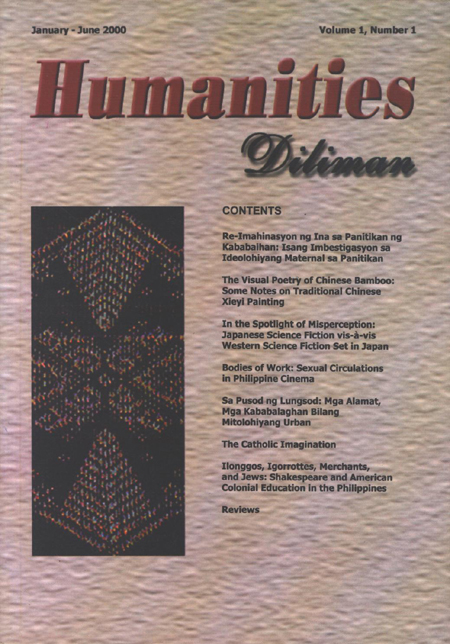In the Spotlight of Misperception: Japanese Science Fiction Vis-à-vis Western Science Fiction Set in Japan
Abstract
ExcerptIn 1984, William Gibson published a novel that began new traditions in science fiction writing —Neuromancer. the novel won a hat-trick of all three of the major science fiction awards: The Hugo, Nebula, and the Philip K. Dick. The opening chapter was set in Chiba prefecture, a large coastal region east of the capital Tokyo with the line "The sky above the port was the color of television turned to a dead channel" (Gibson 1). It was the centerpiece of the cyberpunk movement characterized by a mix of high technology in the fields of computer networking and biomechanical interface and urban street life (Sterling xi).
Yet despite its opening scenes being set in Tokyo, Gibson at that time had never set foot in Japan. Furthermore, practically all of Gibson's novels—Neuromancer (1984), Count Zero (1986), Mona Liza Overdrive (1988), Virtual Light (1991), and Idoru (1995) along with several of his short stories, have dealt with Japan in varying degrees, wether as a setting or by involving Japanese social system sush as the yakuza and the zaibatsu system of corporate management as atmospheric elements.
Another impetus came from Delia Aguilar's study on Filipino housewives and the politics of gender. This study reveals that " . . . in the private space of the family as the major mechanism for the reproduction of social relations, women are at once validated and oppressed, a process that is powerfully mediated by the maternal ideology of which women are the foremost proponents." This maternal ideology shapes Filipino women's idea of motherhood that sees devotion to children, self-sacrifice, and care giving as the essence of motherhood, allowing them to embrace oppression and subordination. In this context, the interrogation of maternal ideology in Philippine literature is important to the overall feminist movement. Women writers who have freed themselves from the mystifying notions of motherhood may have been inspired to represent women in their works differently.
This paper clearly validates such assumption. Writers like Liwayway Arceo, Genoveva Edroza-Matute, Fanny Garcia, Lualhati Bautista, Lilia Quindoza-Santiago, and Luna Sicat-Cleto, as this reading of some of their works reveals, challenge the dominant maternal ideology by re-imagining motherhood. Without wholly rejecting the traditional notion of motherhood (with the exception of Luna Sicat-Cleto who questions the so called "essence" of motherhood), these writers interrogate the idealization of motherhood, question some of the fundamental assumptions of the dominant maternal ideology and represent women as mothers who are nurturing and caring just like the typical image of a Filipino mother, but who are not happy with confinement in the private domestic space. This radical representation of motherhood is, therefore, a welcome development in the present development of feminist discourse in the Philippines.


